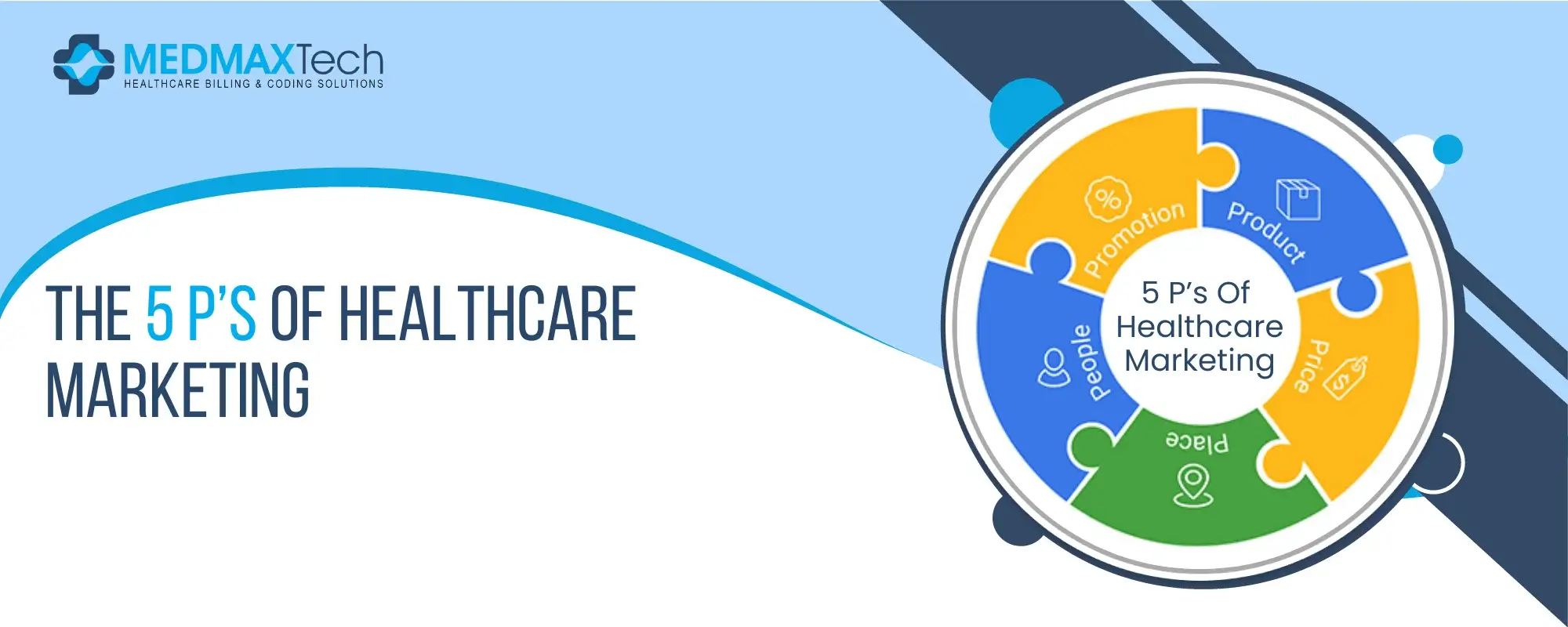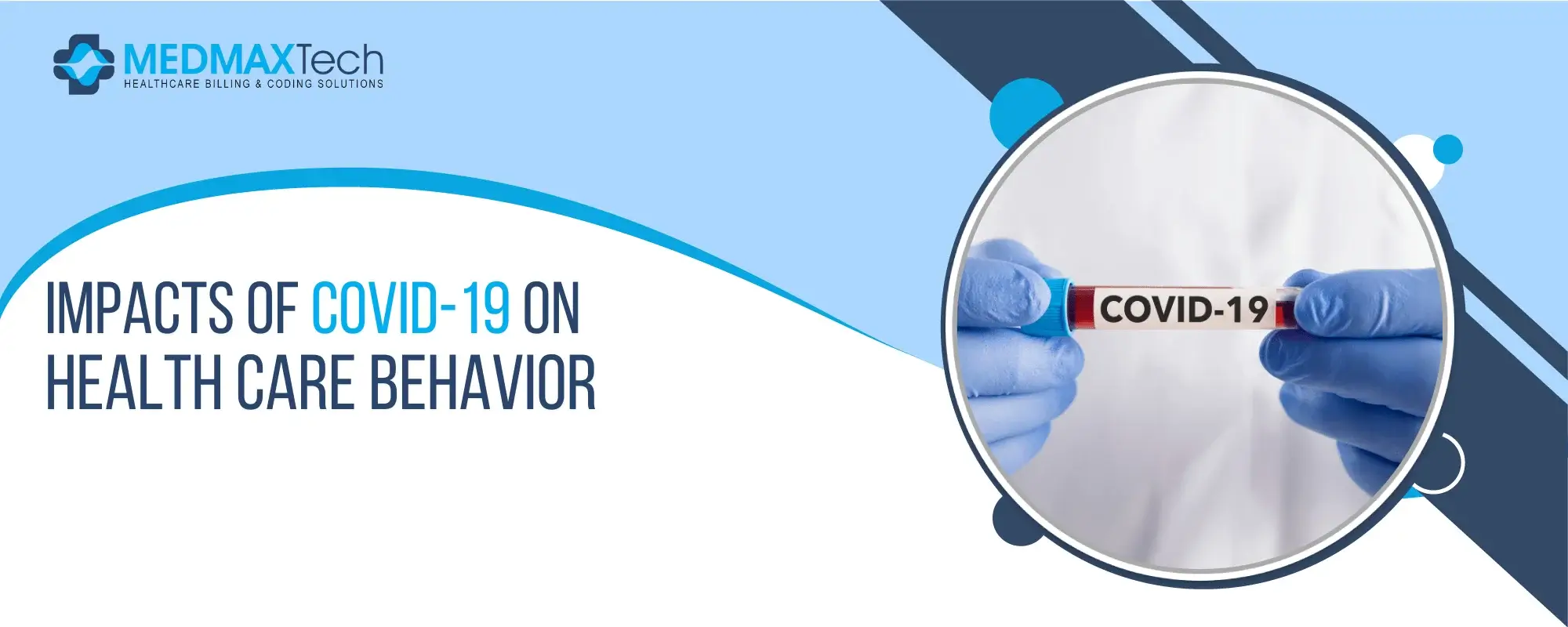
The 5 P’s Of Healthcare Marketing
Healthcare marketing allows healthcare organizations effectively market their services to attract new patients and retain existing ones. In today’s competitive healthcare environment, it is essential to have a solid healthcare marketing strategy. Effective healthcare marketing can help healthcare organizations increase brand awareness, drive patient acquisition, and build patient loyalty.
Digital Marketing for Healthcare
In today’s digital age, healthcare marketing is increasingly shifting toward digital channels. Digital marketing allows healthcare organizations to reach a wider audience and engage with patients in more personalized ways. This may include using social media platforms like Facebook and Twitter to provide health information, online advertising to target specific patient demographics, and email marketing to keep patients informed about healthcare services. Additionally, telemedicine and other digital healthcare tools are becoming more common, providing patients with convenient access to healthcare services. As healthcare providers continue to adopt digital technologies, healthcare marketers need to stay up to date with the latest trends and best practices to ensure their marketing efforts are practical.
The 5 P's of Healthcare Marketing
The 5 P’s of healthcare marketing are product, price, place, promotion, and people. These are the key elements that healthcare marketers need to consider when developing a marketing strategy.
Product
Understanding Your Healthcare Product Or Service:
Healthcare marketers need to have a clear understanding of the healthcare product or service they are marketing. This includes knowing the features, benefits, and unique value proposition. For example, if the healthcare organization specializes in cancer treatment, they need to know the latest treatment options and technologies available for cancer patients.
Developing A Unique Value Proposition:
A unique value proposition sets your healthcare offering apart from the competition. This can be based on the quality of care, technology, or patient experience, among other things. For example, a healthcare organization that offers personalized care plans may be able to differentiate itself from competitors.
Differentiating Your Healthcare Offering:
To stand out from competitors, healthcare marketers need to differentiate their offerings. This can be done through branding, marketing messages, and other strategies. For example, a healthcare organization that focuses on providing a holistic approach to care may be able to differentiate itself from competitors that offer a more traditional approach.
Price
Pricing Strategies For Healthcare Services:
Healthcare marketers need to determine a pricing strategy that balances affordability with profitability. This may include variable pricing for different types of services, or providing discounts for certain patient groups. For example, a healthcare organization may offer discounts for seniors or low-income patients.
Communicating The Value Of Your Healthcare Offering:
Patients need to understand the value they are receiving for the price they are paying. This can be communicated through marketing messages and patient education materials. For example, a healthcare organization may use patient testimonials or case studies to demonstrate the effectiveness of its services.
Balancing Affordability With Profitability:
Healthcare organizations need to ensure that their pricing strategy is sustainable in the long term while remaining affordable for patients. For example, a healthcare organization may need to adjust its pricing strategy if it is not generating enough revenue to cover its costs.
Place
Determining The Best Distribution Channels For Your Healthcare Offering:
Healthcare marketers need to consider the best tracks to reach their target audience. This may include digital marketing, traditional marketing, or referral marketing. For example, a healthcare organization that specializes in women’s health may use social media to reach its target audience.
Understanding Patient Preferences And Behaviors:
Healthcare marketers need to understand how patients prefer to interact with healthcare providers and how they make decisions about healthcare services. For example, some patients may prefer to book appointments online, while others may prefer to call and speak with someone.
Creating A Seamless Patient Experience:
From the initial marketing message to the actual delivery of care, healthcare marketers need to ensure that patients have a positive experience. This can help build loyalty and drive patient referrals. For example, a healthcare organization may offer a user-friendly patient portal that allows patients to easily schedule appointments and access their medical records.
Promotion
Developing A Comprehensive Healthcare Marketing Plan:
Healthcare marketers need to develop a marketing plan that includes a mix of different channels and tactics. This may include social media marketing, email marketing, print advertising, and more. For example, a healthcare organization may use social media to engage with patients and share health and wellness tips.
Utilizing Content Marketing:
Healthcare marketers can use content marketing to educate patients about their healthcare services and build trust. This may include blog posts, videos, and infographics that provide valuable health information. For example, a healthcare organization may create a blog that covers a range of health topics, such as nutrition and exercise.
Measuring The Effectiveness Of Your Healthcare Marketing Efforts:
Healthcare marketers need to track the success of their marketing efforts to ensure they are generating a positive return on investment. This may include tracking website traffic, social media engagement, and patient acquisition rates. For example, a healthcare organization may use Google Analytics to track the number of website visitors and how long they stay on the site.
People
Building A Strong Healthcare Brand:
A healthcare organization’s brand is built on the experiences patients have with its healthcare providers and staff. Healthcare marketers need to ensure that everyone within the organization understands the importance of delivering high-quality care and creating a positive patient experience. For example, a healthcare organization may provide customer service training to all staff members.
Engaging With Patients:
Healthcare marketers need to create opportunities for patients to engage with the healthcare organization and feel like they are part of the community. This may include hosting events, providing patient education materials, and encouraging patient feedback. For example, a healthcare organization may host a health fair to provide health screenings and wellness information.
Leveraging Patient Testimonials And Reviews:
Patient testimonials and reviews can be a powerful marketing tool, as they provide social proof of the quality of care offered by the healthcare organization. Healthcare marketers can use patient testimonials in their marketing messages and on their websites. For example, a healthcare organization may include patient testimonials in its print advertisements and on its website.
Healthcare Marketing Trends 2023
Healthcare marketing is constantly evolving, with new trends emerging every year. Some of the most significant trends in healthcare marketing include a focus on patient experience and engagement, a greater emphasis on social media marketing, and increasing use of data and analytics to drive marketing decisions.
Additionally, there is a growing trend towards personalized marketing, where healthcare organizations use patient data to create highly targeted marketing messages. Healthcare marketers also need to stay up to date with changes in healthcare regulations and legislation, as these can have a significant impact on marketing strategies. As the healthcare industry continues to evolve, healthcare marketers need to remain flexible and adaptable to ensure their marketing efforts remain effective.
The 5 P’s of healthcare marketing provide a framework for healthcare marketers to develop a comprehensive marketing strategy. By considering the product, price, place, promotion, and people, healthcare marketers can create a strategy that attracts new patients and builds patient loyalty.
Healthcare marketing is an ongoing process that requires constant monitoring and adjustment. By tracking the success of marketing efforts and making changes as needed, healthcare organizations can stay ahead of the competition and continue to provide high-quality care to patients.
What are the 5 C's in healthcare?
The 5 C's in healthcare refer to five important aspects that healthcare organizations need to consider when developing their marketing strategies. These are customers, competitors, collaborators, community, and context. By taking these factors into account, healthcare organizations can create effective marketing strategies that resonate with their target audience and help them achieve their business goals.
Why are the 5 P's of marketing important?
The 5 P's of marketing (product, price, place, promotion, and people) provide a framework for businesses to develop a comprehensive marketing strategy. By considering these five elements, businesses can ensure that their products and services meet the needs of their target audience, are priced appropriately, are available through the proper channels, and are promoted effectively. Additionally, the people aspect of the 5 P's reminds businesses to focus on building strong relationships with their customers and employees, which is essential for long-term success.
Who invented the 5 Ps of marketing?
The 5 P's of marketing were first introduced by E. Jerome McCarthy in his book "Basic Marketing: A Managerial Approach" in 1960. McCarthy proposed that the four elements of product, price, place, and promotion were the core components of a marketing strategy. The people element was later added to the framework by other marketing theorists. They 5 P's have since become a widely accepted framework for developing effective marketing strategies.









